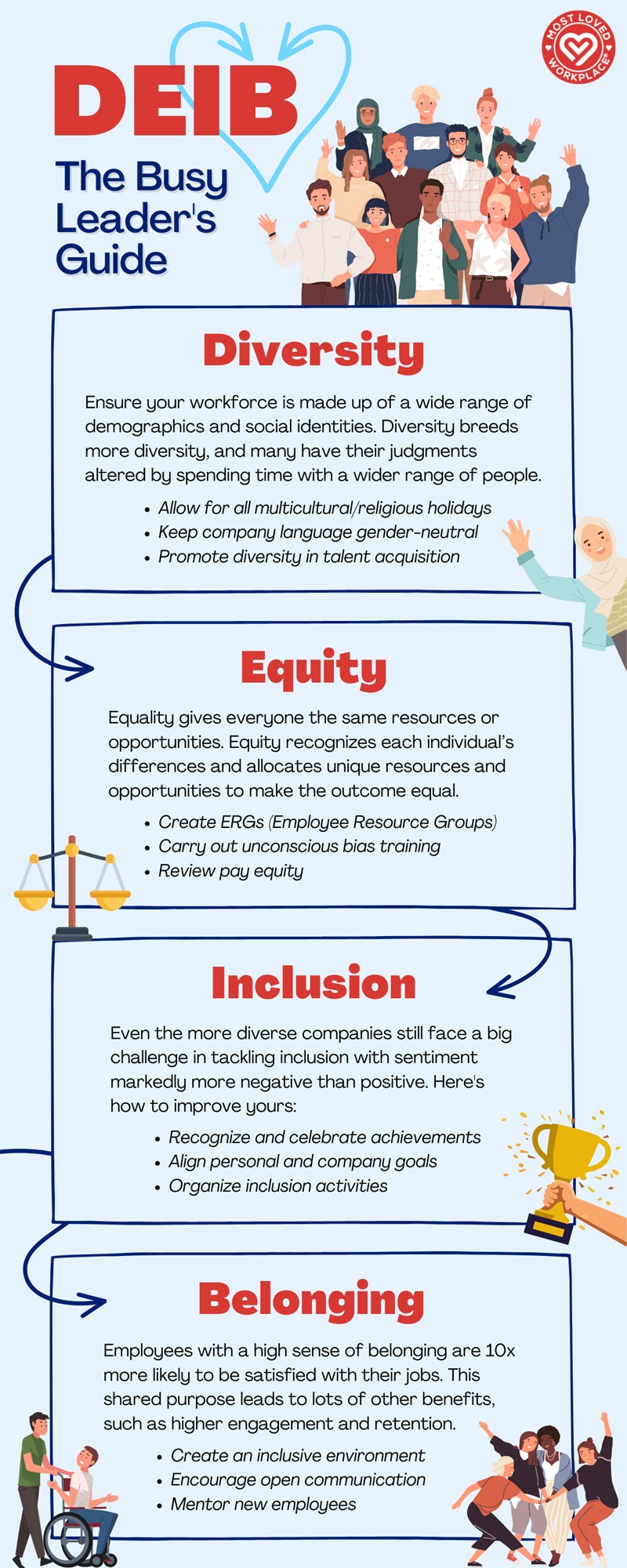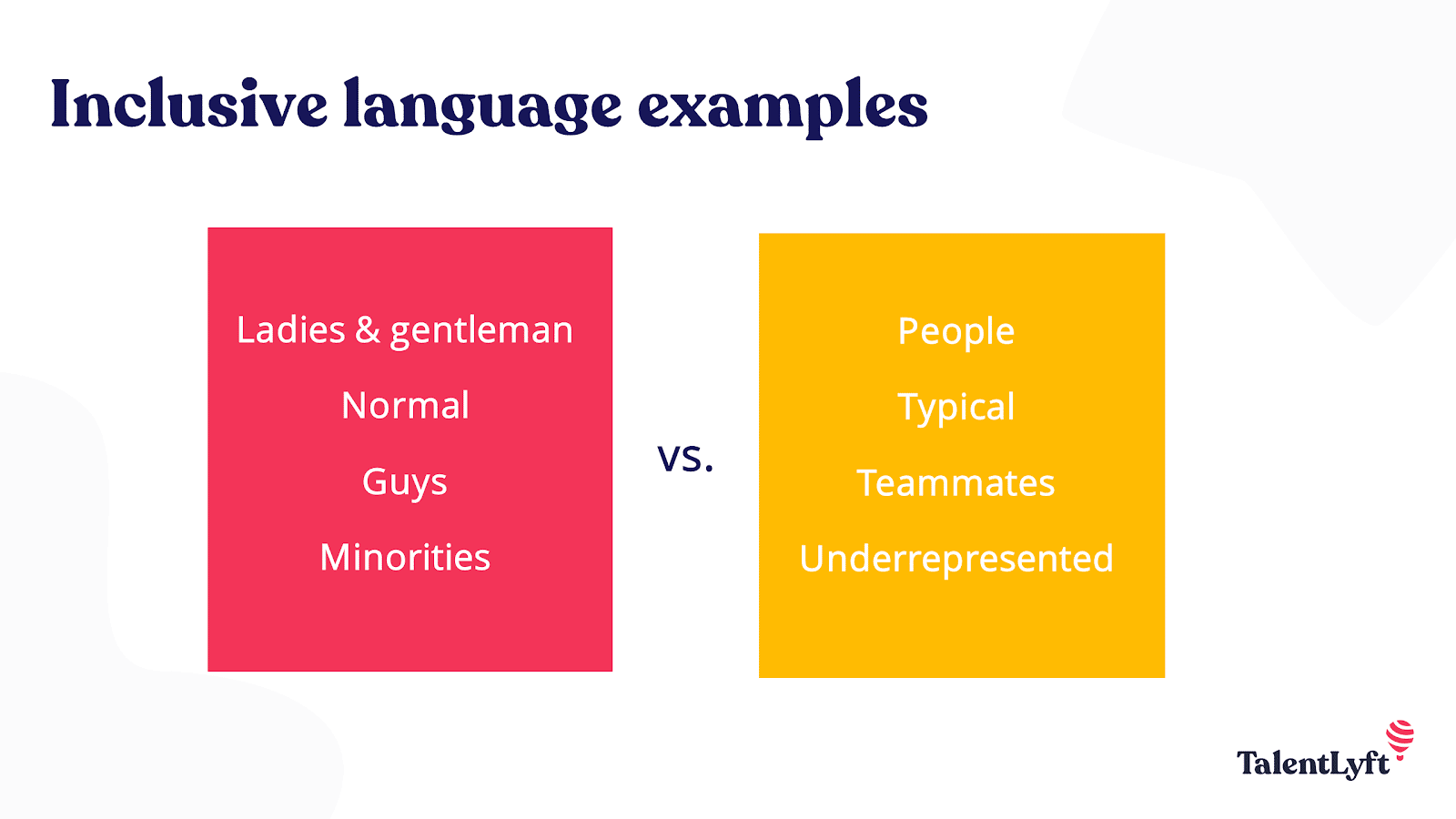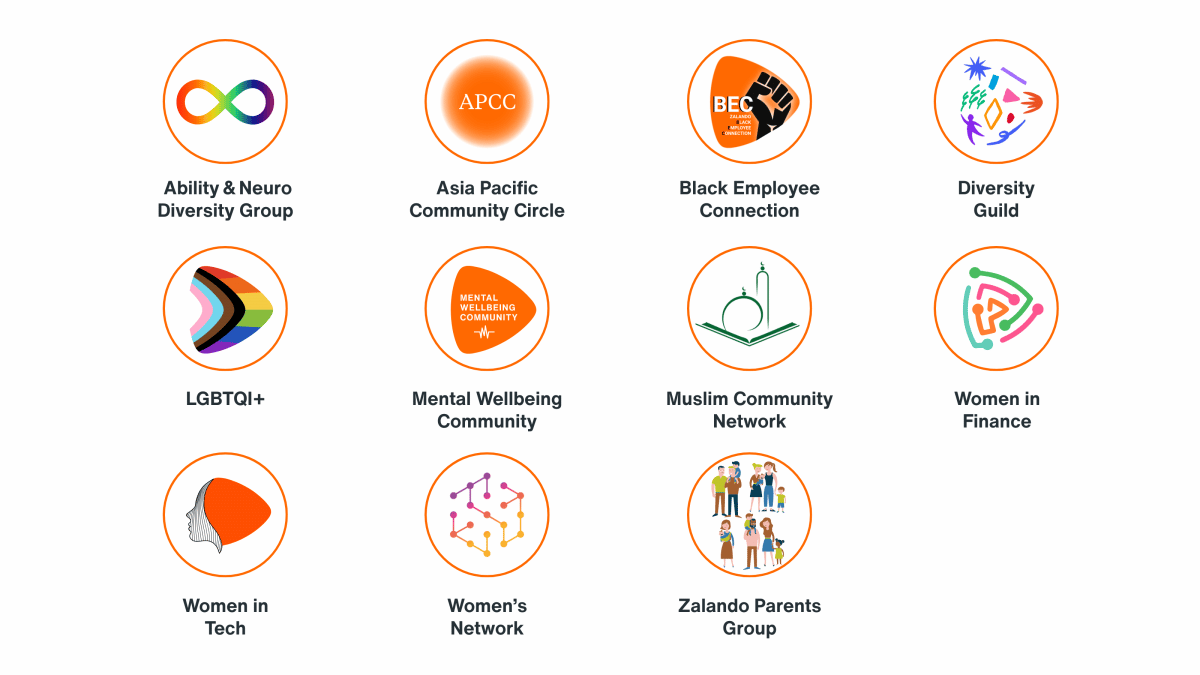DEIB Meaning: The Busy Leader’s Guide [Infographic]
DEIB is an acronym for diversity, equity, inclusion, and belonging. Your organization wants to strive for a diverse workforce where everyone has equal opportunities for success. So, what do these DEIB initiatives look like in practice?
Most guides are full of information and helpful tips, but they take up a lot of time you just don’t have. Plus, they’re all saying roughly the same thing in different ways. Where’s the condensed version to give your leadership team a brief overview?
If you’d like a more in-depth look at DEIB, we’ve got you covered. However, if you simply want the gist and some helpful examples, we’ve compiled them in this handy infographic.

Diversity
Your DEIB strategy starts with ensuring your workforce is made up of a wide range of demographics and social identities. Diversity breeds more diversity, and many have their judgments altered by spending time with a wider range of people.
This shouldn’t be an HR buzzword or hiring fad. If you mention DEIB, then you need to be committed to the time spent learning about the gaps in your business and potential budget for initiatives you’ll need to undertake.
These will be unique to your business, but here are a few examples to get you started:
- Promote diversity in talent acquisition: Consider making candidate names anonymous to allow job seekers to apply as their authentic selves, whatever their national origin. Check how diverse your hiring panel is and promote your DEIB initiatives in all job listings and descriptions.
-
- Follow a diverse calendar: Your calendar and vacation time should allow for all multicultural and religious holidays and celebrations. You should also support annual events such as Black History Month and Pride.
- Keep company language gender-neutral: Check your language with your diverse employees and how it could be perceived. You can also use automated tools to pinpoint and remove discriminatory language from job posts and performance feedback.

Equity
Equity isn’t the same as equality. Equality gives everyone the same resources or opportunities. Equity recognizes each individual’s differences and allocates unique resources and opportunities to make the outcome equal.
An equitable workplace means fair opportunities for all team members. Training to ensure this is only becoming more relevant as organizations diversify.
Here are a few ways to encourage equity in your organization:
-
- Create ERGs (Employee Resource Groups): These are underrepresented groups of voluntary employees who share the same characteristics, such as ethnicity, religious beliefs, or sexual orientation/gender identity. Leadership and human resources should work with them to ensure they have the time and money to be effective.
- Unconscious bias training: It’s impossible to “fix” everyone’s unconscious bias, but your DEIB training should draw awareness to it. Just make sure all sessions are designed thoughtfully to allow your team to consider their own and where they stem from.
- Review pay equity: Women still only make 83 cents to every dollar a man makes, with the gap even larger for Black women (67 cents) and Hispanic (54 cents). Analyze your own pay structure for inequities and adjust where gaps are identified.

Inclusion
Mckinsey recently focused on US-based employee reviews of their employers and found that sentiment toward diversity was more positive than negative. However, sentiment on inclusive workplaces was far worse.
![DEIB Meaning: The Busy Leader’s Guide [Infographic]](https://mostlovedworkplace.com/wp-content/uploads/2022/10/Overall-Sentiment.jpg)
This highlights the challenge “that even the more diverse companies still face in tackling inclusion”. With particularly high negative sentiment on equal access and opportunities, something needs to change with our DEIB efforts relating to these employee experience metrics.
Here are some ways you can promote inclusion in your own workplace:
-
- Recognize achievements: Both individuals and teams should be praised for small wins more than they’re picked up on for mistakes. You could pay for a special treat or simply call a meeting to show your gratitude.
- Align personal and company goals: Provide the resources to support your team’s personal growth while they support your organization. Also, make it clear how they fit into and contribute to your mission and work environment.
- Organize inclusion activities: Popular activities such as fill-in-the-black “I am _, but I am not _” allow participants to share statements of misconceptions and have open and respectful discussions on stereotypes.
Belonging
The sense of belonging the “B” stands for was only added to the DEI strategy recently. It represents the outcome of achieving the previous three initiatives and making all social identities feel like they fit in.
So, why is this important? Well, employees with a high sense of belonging are 10x more likely to be satisfied with their jobs. This shared purpose leads to lots of other benefits, such as higher employee engagement and retention.
So, how do you create a culture of belonging and meet your DEIB goals?
-
- Inclusive environment: Your workplace should be set up to make it easy for those of any physical ability to maneuver. Choose tools that support assistive devices (like screen readers) so you don’t alienate any employees with disabilities.
- Encourage open communication: Psychological safety means employees know they won’t be punished or humiliated for speaking up with ideas or concerns. They also get a say in co-creating company culture with active listening from those in decision-making roles.
- Mentor new employees: At Google, managers are advised to pair new hires with onboarding buddies, help build their social network, and arrange check-in meetings. Those managers who do find team members become fully effective 25% faster than those who don’t.

Final Word
The actions and strategies that make up successful DEIB initiatives have to be deliberate. You need to understand the current employee experience you’re offering, then learn where the gaps are and how you can improve them.
The success of any DEIB practices lies with leadership making them a priority and holding themselves accountable for seeing it through. Everyone needs to be committed to integrity in the workplace to foster a positive environment.
What’s one thing you can implement today that will start your journey to a more diverse, equitable, and inclusive workforce?

Louis Carter is the founder and CEO of Best Practice Institute, Most Loved Workplace, and Results-Based Culture. Author of In Great Company, Change Champions Field Guide, and Best Practices in Talent Management, as well as a series of Leadership Development books. He is a trusted strategic advisor and coach to CEOs, CHROs, and leaders of mid-sized to F500 companies – enabling change and steering employer brand development together with highly effective teams, leaders, and organizations as a whole.

0 Comments